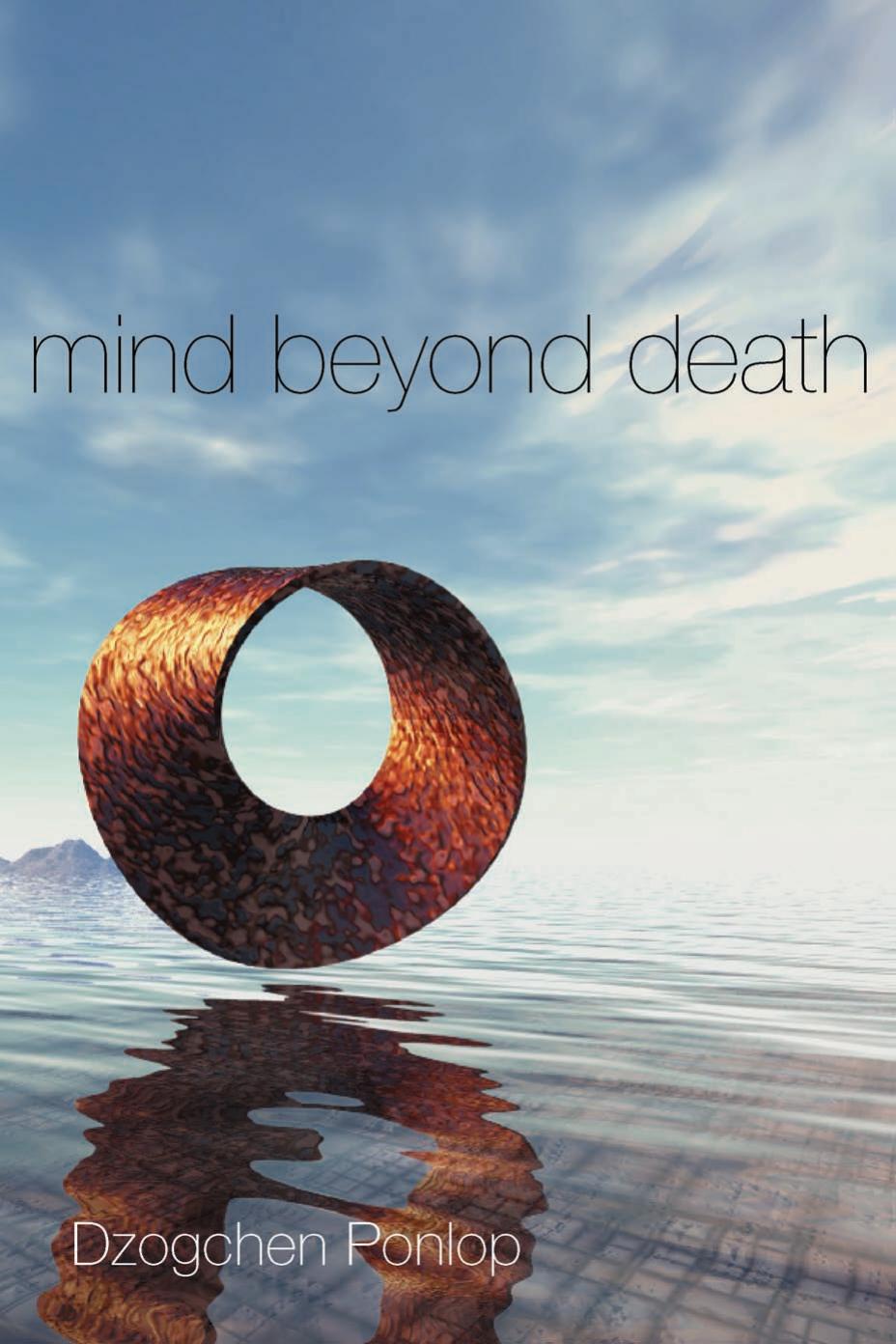Mind Beyond Death by Dzogchen Ponlop

Author:Dzogchen Ponlop
Language: eng
Format: azw3, pdf
Tags: Death, Eschatology, Eastern, ebook, Bereavement, General, Grief, Religion, Buddhism, Rituals & Practice, Tibetan, Family & Relationships
ISBN: 9781559393010
Publisher: Snow Lion
Published: 2008-08-29T00:00:00+00:00
THE PRACTICE OF PHOWA
Phowa is a practice that is especially connected to the time of death, when our minds and bodies start to separate and begin to lose the connection that they now have. The term phowa is often translated as the “transference” or “ejection” of consciousness. It is taught using a number of classifications; dharmakaya, sambhogakaya, nirmanakaya, guru, and pure realm phowa. These will be described in some detail below. However, it is important to have a general understanding of what phowa is. What we are essentially doing at this time is transferring our consciousness from an impure, confused state into a pure and unconfused state. We are transforming consciousness and connecting with the true nature of mind and the reality of all phenomena on the spot.
In general, the phowa teachings are not much different from those of Mahamudra and Dzogchen. The intention of Mahamudra and Dzogchen is to penetrate our confusion and see its ultimate nature of nonconfusion, or wisdom. The purpose of nirmanakaya phowa is the same, but it uses the Vajrayana methods of visualization practice. All are practices that are used to transform a confused state of mind into an unconfused state. Of the five types of phowa that are taught, it is nirmanakaya phowa that is practiced by ordinary beings at the time of death, and it is this type of phowa that is most often thought of in connection with these practices.
In brief, the fundamental goal of nirmanakaya phowa is the sudden ejection or release of the consciousness through the crown chakra, and its transference into an enlightened state or realm as represented by a visualized image of a buddha or yidam deity. The teachings say that when we are approaching death, when our consciousness is leaving our body, our consciousness senses that there are nine gates through which it can leave. Of these nine, eight are gates that will lead us to take rebirth in one of the three realms of samsara: the desire realm, form realm or the formless realm.17 In speaking of these gates, we are referring to body orifices; the eyes, the ears, the nose, the mouth, the navel, the urethra, the anus and the spot between the eyebrows.
The one gate that will lead us to liberation is located at the crown chakra at the top of the head. It is the door of the central channel, and it is this opening that is regarded as the gateway to the direct realization of Mahamudra. We want our minds to leave our body from that gate and no other. Accordingly, the instructions on phowa say that as you begin to experience the signs of the dissolution of the elements, you should try to focus your mind upward, rather than allowing your attention to fall to the lower parts of your body.18 First move your focus toward the upper part of your body, about the level of the shoulders, then slowly move it up to the head and then to the crown.
Download
This site does not store any files on its server. We only index and link to content provided by other sites. Please contact the content providers to delete copyright contents if any and email us, we'll remove relevant links or contents immediately.
The Way of Zen by Alan W. Watts(6292)
Ego Is the Enemy by Ryan Holiday(4964)
The Art of Happiness by The Dalai Lama(3851)
The Book of Joy by Dalai Lama(3709)
Why Buddhism is True by Robert Wright(3291)
Spark Joy by Marie Kondo(3091)
Shift into Freedom by Loch Kelly(3032)
Happiness by Matthieu Ricard(2890)
A Monk's Guide to a Clean House and Mind by Shoukei Matsumoto(2787)
The Lost Art of Good Conversation by Sakyong Mipham(2444)
The Meaning of the Library by unknow(2394)
The Third Eye by T. Lobsang Rampa(2174)
The Unfettered Mind: Writings from a Zen Master to a Master Swordsman by Takuan Soho(2160)
Red Shambhala by Andrei Znamenski(2074)
Anthology by T J(2049)
The Diamond Cutter by Geshe Michael Roach(1957)
Thoughts Without A Thinker: Psychotherapy from a Buddhist Perspective by Epstein Mark(1901)
Advice Not Given by Mark Epstein(1767)
Twilight of Idols and Anti-Christ by Friedrich Nietzsche(1764)
